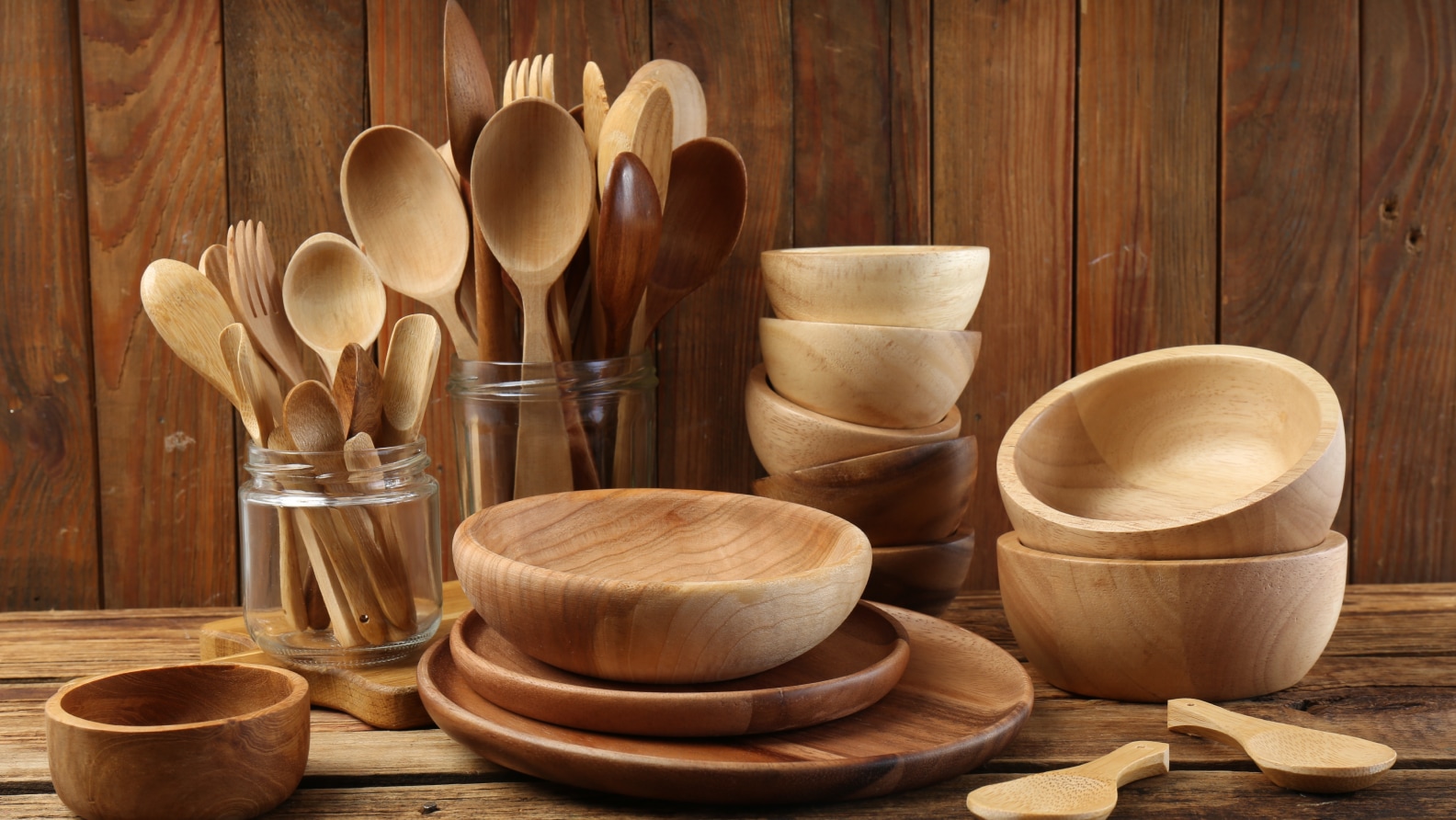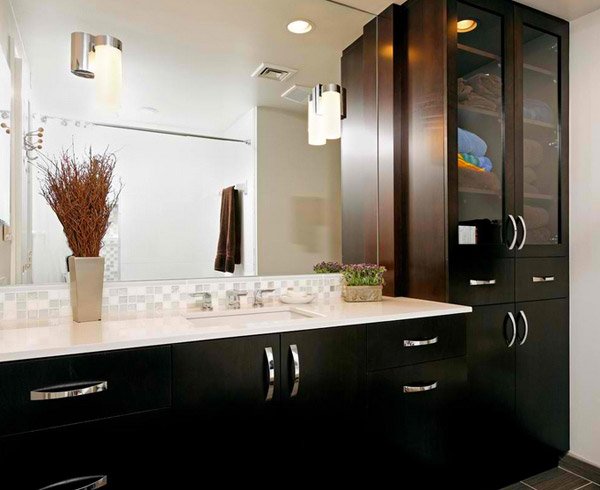The kitchen is often called the heart of the home. It’s where we gather, create, and nourish. But for many, this heart can feel like a fortress with barriers too high to climb. Imagine trying to slice a tomato with limited grip strength, or read a measuring cup with low vision. Suddenly, the simple act of making a sandwich becomes a monumental task.
That’s where adaptive kitchen tools come in. They’re not just “special” gadgets—they’re brilliantly designed instruments that bridge the gap between ability and aspiration. Honestly, they make the kitchen a place of possibility again. Let’s dive into how these tools are reshaping our culinary spaces for everyone.
Why Adaptive Design is a Game-Changer
You know, good adaptive design is just good design, period. It’s about empathy translated into form and function. It considers the full spectrum of human ability—whether the user is managing arthritis, recovering from an injury, living with a neurological condition, or simply experiencing the natural changes that come with aging.
The goal isn’t to create a separate category of “disabled” tools. It’s to create tools that work better for more people. Think of it like this: the curb cut. Originally designed for wheelchair users, curb cuts on sidewalks ended up being incredibly useful for parents with strollers, travelers with rolling suitcases, and delivery workers with handcarts. Adaptive kitchen tools have the same ripple effect. A rocker knife that requires less wrist motion is a blessing for someone with arthritis, but it’s also just a really safe and efficient way for a kid to learn how to chop.
Key Areas of Innovation in Adaptive Kitchenware
1. Grip and Grasp Assistance
This is a huge one. For individuals with limited hand strength, carpal tunnel, or arthritis, holding onto a standard tool can be painful or impossible.
- Padded, Contoured Handles: These are thicker and softer, distributing pressure evenly and requiring less force to hold. They’re often made from non-slip materials like thermoplastic elastomer.
- Built-Up Grips: You can actually buy foam tubes that slide onto existing utensils, instantly transforming a thin handle into an easy-grip one. A simple, low-cost solution.
- Angled or Pistol-Grip Handles: These designs keep the wrist in a more neutral, comfortable position, reducing strain. You see this a lot in adaptive peelers and knives.
2. Stability and One-Handed Use
Stability is everything when safety is on the line. Tools that anchor themselves to the counter or bowl free up a hand—or provide crucial support for those with tremors or use of only one hand.
- Suction-Based Boards and Bowls: Cutting boards and mixing bowls with powerful suction cups on the base that lock securely to the countertop. No more chasing a spinning onion around the kitchen.
- Rocking Knives and Pizza Cutters: These brilliant tools use a rocking motion, which is inherently more stable than a back-and-forth sawing motion. They require far less precision and strength.
- One-Handed Can Openers and Jar Openers: These are classics for a reason. Leverage-based jar openers can break a seal with minimal effort, while electric or side-cutting can openers do the work for you.
3. Visual and Cognitive Clarity
For those with low vision, dementia, or cognitive differences, kitchen tools can be made clearer and less confusing.
- High-Contrast Measuring Cups: Instead of clear plastic or metal, these are often in solid, bold colors with large, easy-to-read markings. Some are even angled so you can read the measurement from above.
- Talking Scales and Thermometers: An auditory feedback removes the guesswork entirely. Just press a button and hear the weight or temperature.
- Simplified Appliances: Think kettles with two large, tactile buttons (on/off) instead of a dozen confusing symbols. It’s about reducing cognitive load.
A Quick Guide to Essential Adaptive Tools
| Tool Category | Key Feature | Who It Helps |
|---|---|---|
| Easy-Grip Utensils | Extra-thick, soft-grip handles | Arthritis, low hand strength, Parkinson’s |
| Rocker Knife | Curved blade for rocking motion | Limited wrist mobility, one-handed use |
| Suction Cutting Board | Stays firmly in place on counter | Tremors, one-handed use, safety for all |
| Lever Jar Opener | Uses leverage to break seals | Arthritis, low grip strength |
| Talking Meat Thermometer | Audible “done” signal | Low vision, cognitive impairments |
| Weighted Utensils | Added weight for stability | Tremors, essential tremors |
Beyond the Tools: The Philosophy of an Inclusive Kitchen
Okay, so the tools are important—crucially so. But an inclusive kitchen goes a bit deeper. It’s about the layout, the storage, the lighting. It’s about creating a flow that works for the person using it.
Think about adjustable-height countertops. Or pull-down shelving so everything is within reach without having to bend or strain. Lever-handle faucets are easier to operate than knobs for wet or weak hands. Good, non-glare lighting is a game-changer for visibility.
The point is, inclusivity isn’t a checklist. It’s a mindset. It’s asking, “How can this space serve the person in it, rather than the person having to contort themselves to serve the space?”
The Ripple Effect: Why This Matters for Everyone
Sure, you might not need a jar opener today. But maybe you sprain your wrist tomorrow. Or perhaps you’re cooking with an elderly parent or a child who wants to help. Adaptive tools create a more flexible, resilient kitchen environment for every stage of life.
They also, frankly, are often just better designed. That easy-grip vegetable peeler? It’s probably more comfortable for you, too. That brightly colored measuring cup is easier to read when you’re in a hurry. This is the universal design principle in action—design that’s usable by all people, to the greatest extent possible, without the need for adaptation.
A Final Thought
The kitchen should be a place of joy and creativity, not frustration. Adaptive tools are more than just products; they’re keys that unlock that potential. They remind us that a small change in design can make a profound difference in someone’s daily life. By embracing these tools, we’re not just making a kitchen accessible—we’re making it welcoming. And honestly, isn’t that what the heart of a home is all about?








